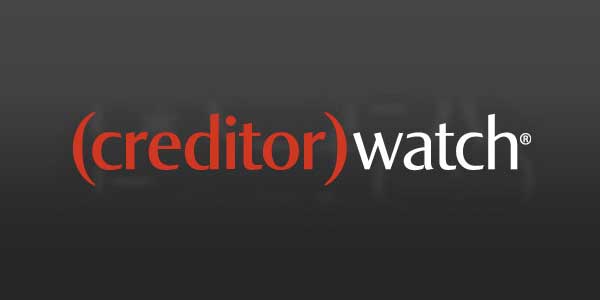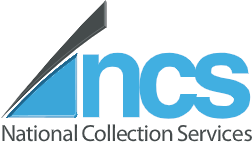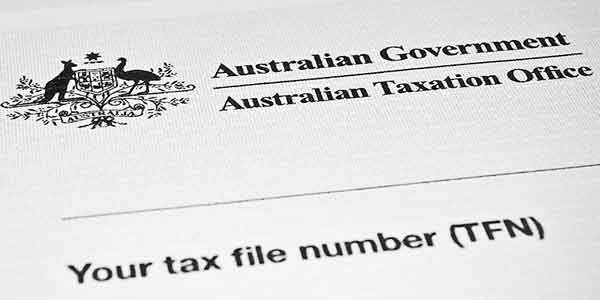Part 2: Credit Checks With George Wolf of Creditor Watch

In Part 2 this week, we spoke with the Queensland State Manager of Creditor Watch Mr George Wolf to discuss the importance of credit checks, credit reports and other essential services Creditor Watch offers.
If you or anyone you know needs the services of a debt collector or Creditor Watch please email me stewart.wilkinson@natcollection.com.au or call 0447 474 222.
George, thank you for taking the time to provide some insight to Creditor Watch today. Firstly, can you please tell us about Creditor Watch, some history behind the success and where your services are located?
Creditor Watch is an award-winning and innovative commercial credit reporting bureau that empowers users to perform due diligence and determine risk to their business. We are headquartered in Sydney with offices in Melbourne and Brisbane.
With over 50,000 customers who range from sole traders through to ASX listed companies, CreditorWatch offers Credit Management tools and credit risk information on any entity in Australia (including sole traders, trusts and partnerships). We monitor over 2 million businesses across Australia on behalf of our customers. Creditor Watch’s online platform, additional integrated products and services, and subscription-based model enables customers to save time and make affordable, informed credit decisions.
Question – You mentioned you offer credit checks and credit reports, can you please elaborate on what a client would expect to see in those reports?
Via a CreditorWatch report you will see data from a variety of sources.
ABR/ASIC – Are they registered? What is the entity type (for example if a trust always seeks the details of the corporate trustee) Is the director you are dealing with current? Is there a strike off action in progress, are they in external administration?
AFSA – Is the director bankrupt? How many other businesses have a Personal Properties Security Registration (PPSR) over the entity (useful for showing activity in acquiring credit).
Magistrates and District Courts – is there a court judgement against this business potentially showing an increased risk of payment default in the future?
Internal Sources: This really refers to differentiators provided by CreditorWatch based on our platform and collection of unique data:
RiskScore: a unique and predictive commercial credit risk score which aims to indicate a commercial entity’s likelihood of failure within the next 12 months. This score takes into account a number of factors such as past business & director behaviour, the industry vertical (ANZSIC code) and location of business, as well as direct risk information such as payment defaults, court actions & late payment information.
Cross directorships: shows when a director is also a director of another business and whether those related entities have adverse credit risk information against them. Allows customers to click through and access additional related credit files via their subscription which is hugely important in keeping the costs down in order to make an informed decision. A director of a previously failed business is far more likely to fail again so it’s an important piece of information.
ASIC: CreditorWatch uniquely supplies onfile ASIC data to customers if ANY other customer has purchased this information previously. Once again this provides clients with access to a large amount of data within their subscription and, just as importantly, the ability to choose whether to purchase additional information based on their requirements at the time.
Defaults – CreditorWatch customers have the ability to directly lodge a payment default against customers who do not pay within terms. Why is this both important and powerful?
1. Because a business who is threatened with a payment default is more likely to pay.
2. A payment default is listed on the credit file and EVERY other business monitoring that entity is notified via an alert. It’s well known that SMEs are the worst paid businesses in Australia so any protection they get is a bonus.
Payment Predictor – CreditorWatch collects, where possible, Aged Trial Balance data from customers. Larger customers generally upload via excel or CSV whereas smaller clients simply sync with their online XERO or MYOB data file. Again the power here is that small businesses are often poorly paid so the collection of this in particular from Xero/MYOB is a unique indicator of payment risk and one that we factor into our RiskScore and share with other clients.
Question – Can you conduct a bulk upload for credit checks and reports?
Above we spoke specifically about the data on Credit Reports however this question of bulk uploads also speaks directly to what makes CreditorWatch so popular for so many businesses. We encourage customers to upload a list of ALL their clients who have credit terms available. This will provide the following: A high risk list of any customers who have adverse risks on their credit file (think default, court action, de-registered, bankrupt director, low RiskScore, etc) for review. More importantly CreditorWatch will automatically track those ABN/ACNs for any changes and notify you via an alert so you can review the Credit Report and act quickly.
We call this Credit Monitoring and its ability to provide a proactive credit review service in a timely manner is what makes it powerful. Many customers perform credit checks when they offer credit terms for the first time and then “set and forget”. This is usually because they don’t have the time or money to perform ongoing reviews. The latter is often due to assuming; because a customer is paying currently, that everything is OK. Some surprises can be nice but a defaulting debtor is not, especially when there are warning signs.
Question – When a default is listed, how do other creditors become aware some is in default?
Anyone who is “monitoring” the business on which a default is listed receives an alert within 24 hours. It is then up to that business to decide how to act on that information. It will vary depending on the situation but generally if you can see a default, you should at the very least ask the question of what has occurred.
Quite often we see a pattern of defaults as a business moves closer to failure. They may start small, say $200, and rise over time in amount and frequency. Whilst $200 seems like an insignificant amount it’s often otherwise. Because it shows that they aren’t paying their smallest suppliers i.e. the ones who couldn’t do anything about it in the past.
Defaults nearly always precede a court action or insolvency and offer important little breadcrumbs of information that a business may be in trouble financially.
Question – National Collection Services has been a strong advocate for Creditor Watch and your internal database for a number of years, can a debt collection list a default for a client or leave a debt collection enquiry? Or does that need to be agreed upon in the clients terms and conditions?
With the tsunami of insolvencies expected post-covid; Creditor Watch is a protection measure worth some special consideration.
If you would like to talk to George directly you can email him at george.wolf@creditorwatch.com.au or contact him on 0423 058 455
Next Week we will hear from Lynn Walton of Accessii Group to discuss the PPSA and the minefield that it is.
Contact Us and Collect Your Debts Faster
By submitting an enquiry online, you agree to our terms and conditions and privacy policy as stated in the footer.


